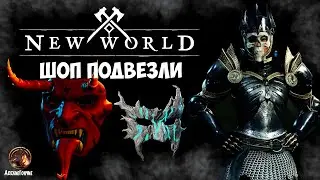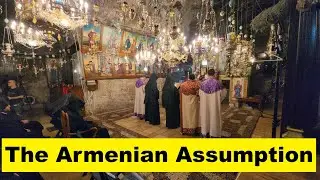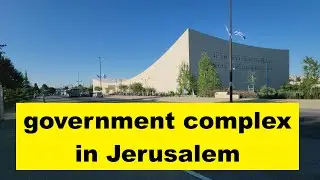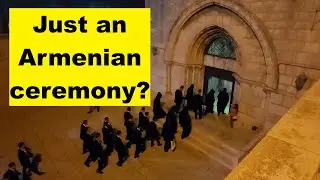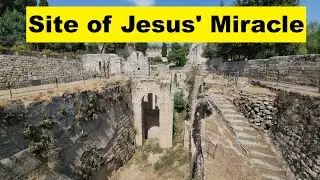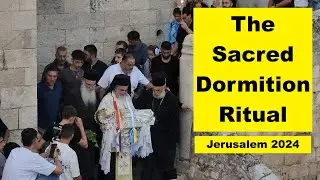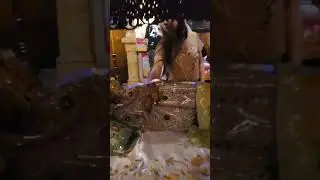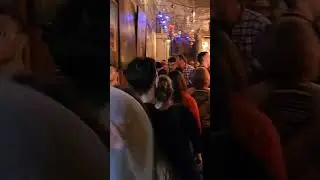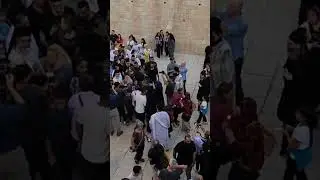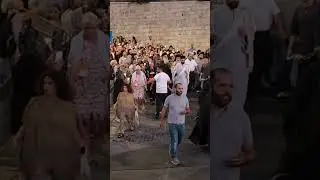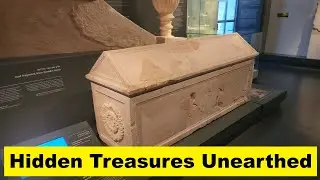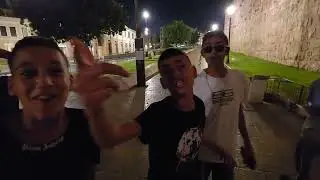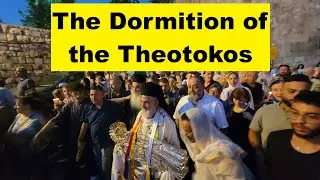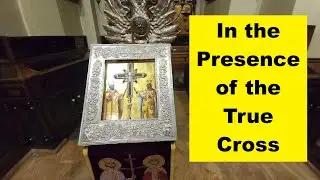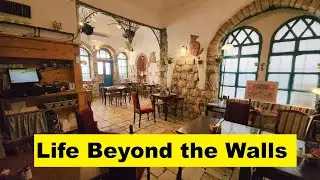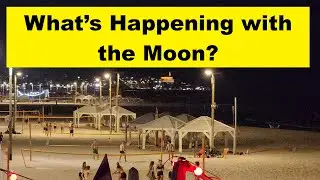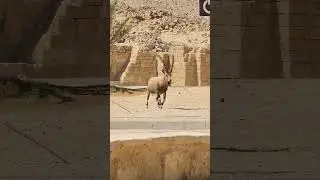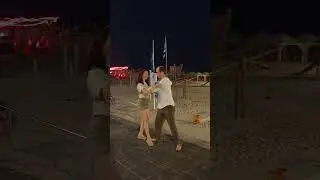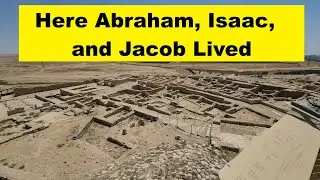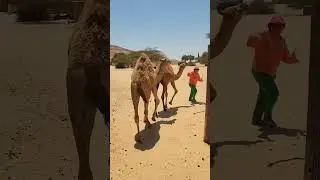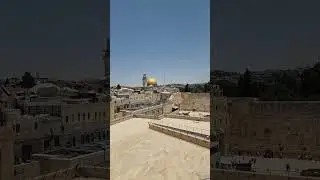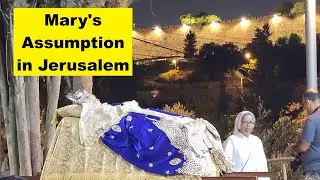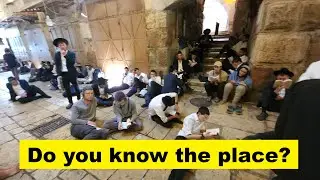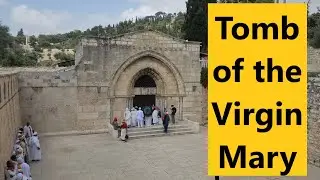King Herod was buried here - an explanation of the model of Herodium - a palace, fortress, and town
An important and personal request from me (followed by information about the site): unfortunately as a tour guide I have not worked since February 2020. Please subscribe to my site and let me show you the Holy Land through it
On my YouTube site, you can watch more than 18,000 videos about Israel and the Holy Land
I would be happy if you could share the site with your other friends who are interested in the rich and sacred history of the place
”But while he thus perpetuated the memory of his family and his
friends, he did not neglect to leave memorials of himself…An
artificial rounded hill, sixty furlongs from Jerusalem was given
the same name [Herodium] but more elaborate embellishment.
The crest he crowned with a ring of round towers; the enclosure
was filled with gorgeous palaces, the magnificent appearance of
which was not confined to the interior of the apartments but
outer walls, battlements and roofs, all had wealth lavished upon
them in profusion.”
(Josephus Flavius, Jewish War I, 419–420)
Herodium at the time of Herod
In 40 BCE, Herod had to flee for his life from Jerusalem and the
clutches of the Hasmonean ruler Mattathias Antigonus. After
Antigonus made a treaty with the Parthians (the eastern empire
that was fighting the Romans at that time), he pursued Herod and
his entourage, catching up with them southeast of Bethlehem.
Herod barely survived the desperate battle and the events of that
unforgettable day are what seems to have led him to build his
tomb at the battleground.
Immediately thereafter, Herod went to Rome where the senate
crowned him king of Judea. However, it took him three more
years to take over his kingdom and subdue Mattathias Antigonus,
leaving Herod sole ruler of the land, under Roman domination.
In the third decade BCE, Herod began to build Herodium,
apparently as a government and administrative center in Judea,
leaving Jerusalem mainly as the religious center. He named his
daring, magnificent project after himself. Although Herodium was
on the edge of the desert, it had abundant water brought from afar,
flourishing gardens and bathhouses.
Herod planned the site as an enormous complex of palaces
(the largest in the Roman world at the time) consisting of three
parts: 1. the mountain palace-fortress – a unique combination of
palace, fortress and outstanding landmark; 2. Lower Herodium,
containing an extravagant entertainment area, administrative
center and the king’s funeral complex; 3. the mountain slope,
on the northern part of which, alongside a ceremonial staircase,
Herod built his tomb and a royal theater. Shortly before he died,
Herod ensured he would never be forgotten by building an
artificial mountain that could be seen for miles around. The huge,
meticulously planned complex, which covered 250 dunams (62.5
acres) built on the cardinal directions, was constructed in stages.
All of these factors made Herodium one of the most important
structures in the ancient world.
Zahi Shaked A tour guide in Israel and his camera [email protected] +972-54-6905522 tel סיור עם מורה הדרך ומדריך הטיולים צחי שקד 0546905522
My name is Zahi Shaked
In 2000 I became a registered licensed tourist guide.
My dedication in life is to pass on the ancient history of the Holy Land.
Following upon many years of travel around the world, which was highlighted by a very exciting emotional and soul-searching meeting with the Dalai Lama, I realized that I had a mission. To pass on the history of the Holy Land, its religions, and in particular, the birth and development of Christianity.
In order to fulfill this "calling" in the best way possible, I studied in depth, visited, and personally experienced each and every important site of the ancient Christians. I studied for and received my first bachelors degree in the ancient history of the Holy Land, and am presently completing my studies for my second degree.(Masters)
Parralel to my studies, and in order to earn a living, I was employed for many years in advertising. What I learned there was how to attract the publics attention, generate and, increase interest, and assimilate information. All this I use as tools to describe, explain and deepen the interest in the sites that we visit. From my experience, I have learned that in this way, the Holy Land becomes more than just history, and that the large stones that we see scattered about in dissaray, join together one by one until they become - a Byzantine Church. This also happens when I lead a group of Pilgrims in the Steps of Jesus. We climb to the peak of Mount Precipice, "glide" over the land to the Sea of Galilee, land on the water, and "see" the miracle which enfolds before us. This is a many-faceted experience. Not only history which you will remember and cherish, but an experience which I hope will be implanted in your hearts and minds, and will accompany you all the days of your life.

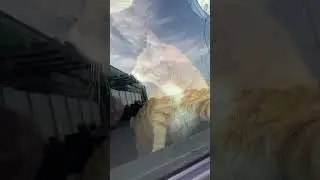
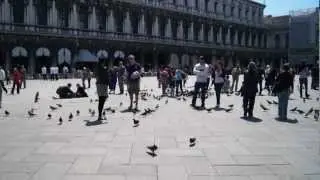



![[FREE] Future x Southside x 808 MAFIA Type Beat 2021 -](https://images.mixrolikus.cc/video/4TsXzTbqKK0)
